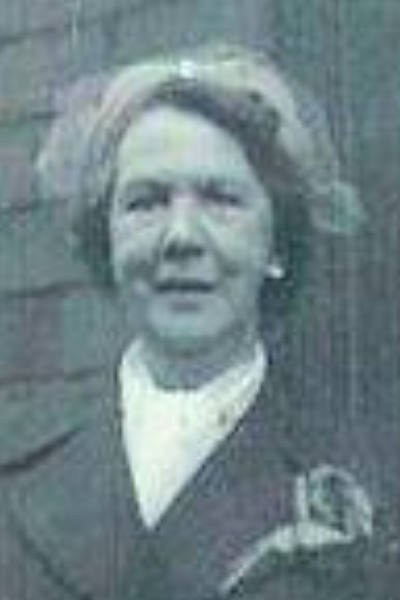
Meet my ancestor, Rosa Florence NESBITT then GELDER (nee MAPLESDEN), my Great Grandmother on my mother’s side.
Almost every family has a ‘Black Sheep’ or some particular character who seems to have caused untold amounts of trouble during their lifetime. Rosa MAPLESDEN seems to have been one such character in my own family history and, thanks to an albeit entirely unflattering account from an autobiography published by her daughter, Mary BRINE nee MAPLESDEN, written in her later life, we have quite a lot of information about her. It should be noted that the autobiography of Mary BRINE, was very much told from her unique perspective, and a number of other family members have contested some of her accounts and characterisation of Rosa. They had quite different recollections of her, but some things are facts. So we shall at least start with those…
Rosa MAPLESDEN’s Early Life
Rosa was born on 27th December 1890 in Manchester, Lancashire to parents Thomas MAPLESDEN, a Clock Maker, and Mary Emma MAPLESDEN nee BARNES. Her parents, who originated from Dorset and London, already had a number of children by the time of Rosa’s birth.
According to the 1891 census, when she was just a few months old, Rosa was living at 7 Howarth Street, High Street, in the parish of St Clement Longsight, with her parents, Thomas and Mary MAPLESDEN, and her older siblings, Winifred (10), Thomas (8), Violet (6), Fred (4), Margaret (2).


Rosa was baptised on 8th April 1891 at St Clement’s, Longsight.
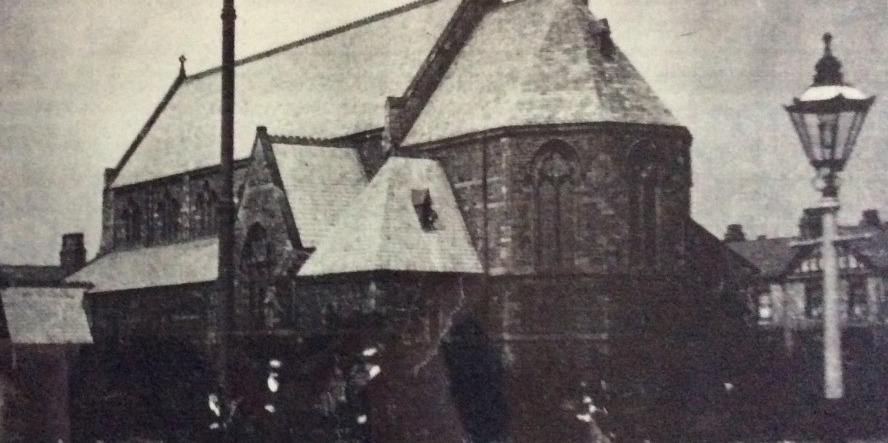

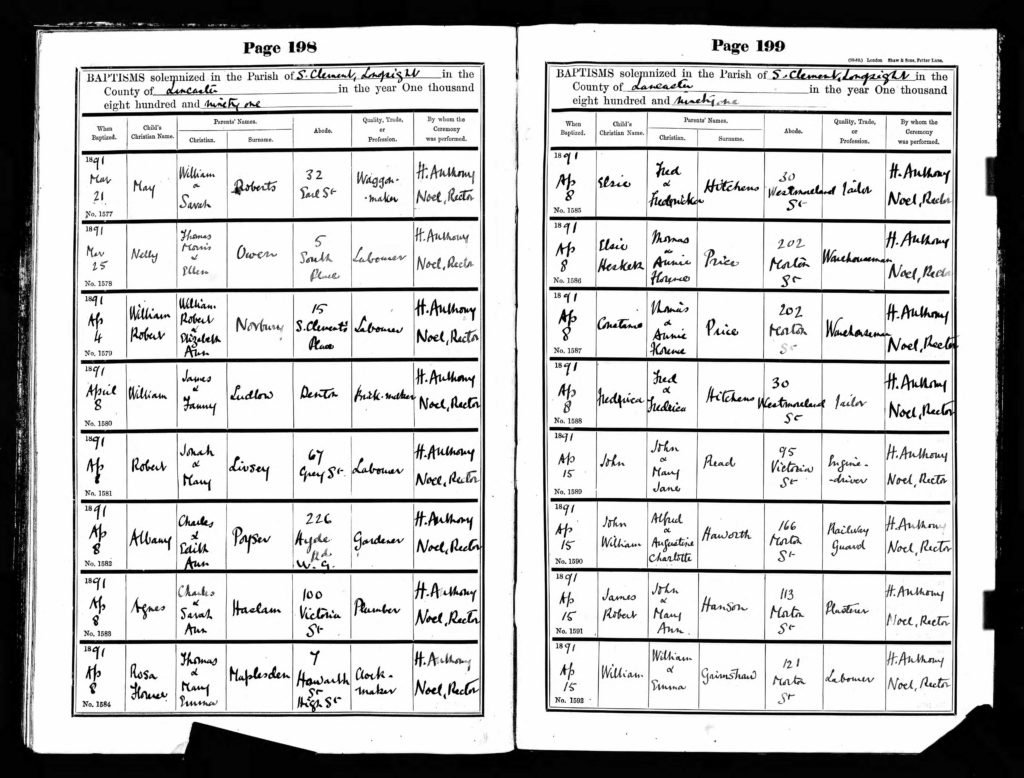
Little is known about Rosa’s childhood, though it seems highly likely that it was not a happy one.
First of all, it seems that relations between her parents, Thomas and Mary Emma MAPLESDEN were already strained prior to Rosa coming along. Thomas MAPLESDEN seems to have suffered from alcoholism or at least he frequented the local public houses too much for his wife’s liking at least. Mary BRINE nee MAPLESDEN, the Granddaughter of Thomas and Mary MAPLESDEN recalls in her autobiography, that she was aware her grandparent’s marriage was not a happy one. She certainly did not believe it to have been a peaceful or loving union and it would not end well.
At some point during her early childhood, Rosa also suffered from ‘Rickets’ which caused her to suffer bone deformation and left her bow-legged. Rickets, now a relatively uncommon condition, is a painful bone disease caused by a Vitamin D deficiency. It’s more commonly found in children with darker complexions and those who have poor diet, perhaps through poverty, and a lack of exposure to sunlight. Rosa was dark haired and quite dark skinned. There had even been a question mark regarding her own paternity, with Mary BRINE, many years later suggesting that her father might have been an Italian man who lodged with Rosa’s mother Mary Emma MAPLESDEN for a time. She provides the fact that Rosa was given the middle name ‘Florence’ as a clue that this might well have been the case. Regardless, it seems likely that it can not have been an easy childhood for Rosa who would have been suffering from a painful condition and deformed bones.
At some point during Rosa’s childhood, the family moved to Kingston Upon Hull, where Rosa would grow up and live out the rest of her days. Moving to Hull did not seem to bring the family happiness however, because not many years after moving to the city, Rosa’s father, Thomas MAPLESDEN, very suddenly disappeared from the family without trace. This happened when Rosa was just a young girl and it was unclear whether he abandoned his family, or whether he died. The uncertainty must have been confusing and very difficult to deal with.
The departure of her father, left her mother struggling to cope. She had a lot of children, and was now parenting on her own, with very little income. This sudden disappearance of her father, and the struggles that her family must have gone through, would undoubtedly have left their mark on Rosa as a very young girl.
By the time the census was taken again in 1901, Rosa was 10 years old. Her father Thomas having left the family, and four of her older siblings having already left home by this point, she was now living with her mother, her older sister Margaret (12), and a younger sister Daisy (7) at 14 May Ann Terrace, Gibson Street, Hull.
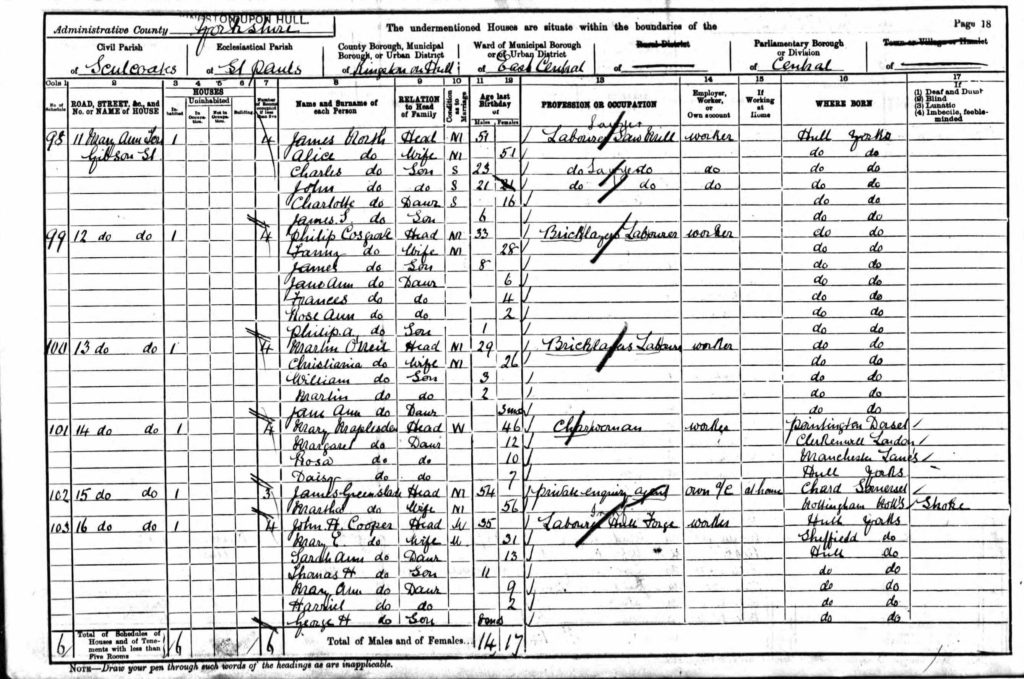
Rosa MAPLESDEN’s Working Life
Rosa grew up in a working class area off Beverley Road in Hull, however, when she was a young woman, she left home and went into service into a well-to-do-area of the city. She became a live-in domestic servant at the home of the BUNNINGTON Family who resided at 387 Anlaby Road. The 1911 shows that her younger sister Daisy also joined her there, and worked in the same family home, as a Housemaid.
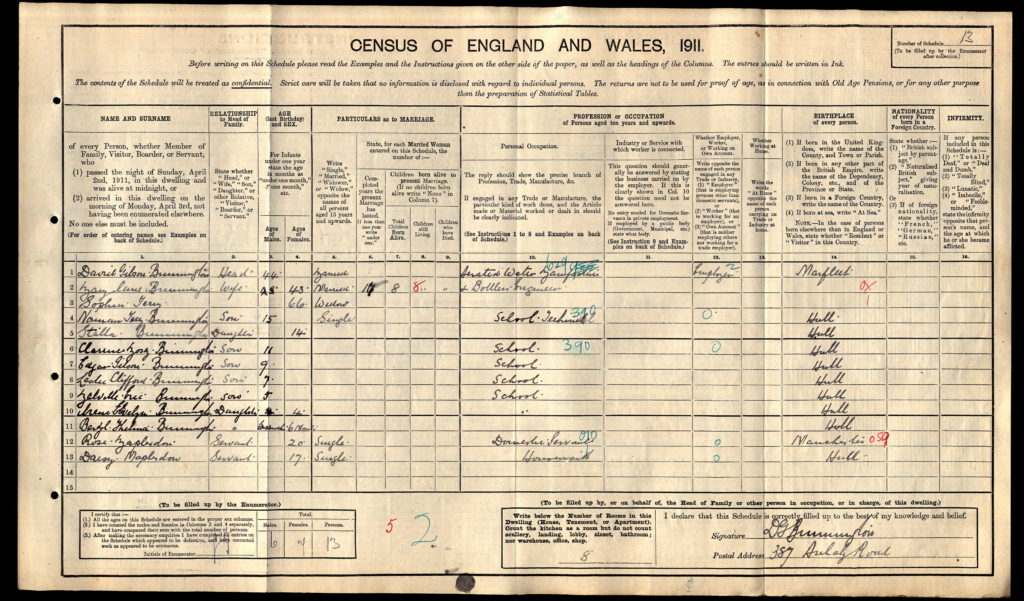
The house where Rosa and her sister Daisy lived and worked, was in a beautiful area, immediately opposite West Park. It would have been an extremely nice, green and leafy part of Hull at that time.

The area has changed dramatically over the years with the addition of the ‘fly over’ for traffic to travel in and out of the city. Following heavy bombing during World War II many of the original houses have been lost, however, interestingly, it seems as though number 387, where Rosa and her sister lived, is one of the only houses to have remained standing. Hence, it can still be seen today, albeit considerably changed, and now it is next door to Gilbert Baitson’s well-known auction house.
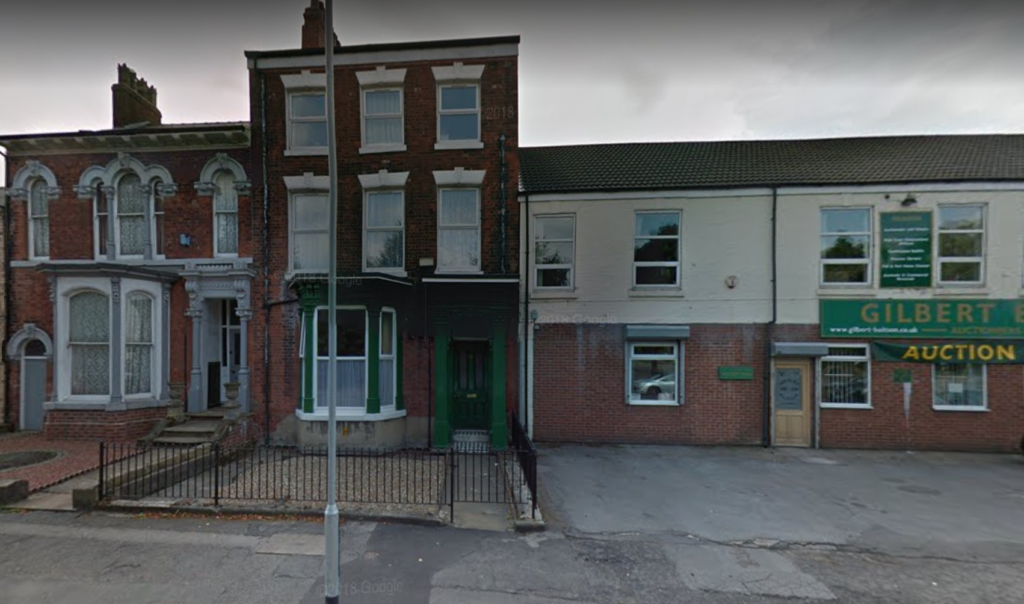
Rosa’s Life Takes an Unexpected Turn
While she was living and working in service at the house in Anlaby Road, Rosa must however, also have had some time to herself. Because it came to pass that in 1911, despite being a young, unmarried woman, Rosa became pregnant. In such times, this would undoubtedly have been a great cause for concern, not only for Rosa, but for her family, and possibly her employer as well.
It is not at all clear how Rosa ended up pregnant (aside from the obvious necessary biological activity). A family assumption seems to have been made that it occurred as a result of a reckless but romantic dalliance of Rosa’s own choosing. However, given the way later events unfolded, it is also quite possible that she was somehow seduced and subsequently abandoned, or even worse, she may even have been a victim of a wrong-doing. It is also not beyond the realms of possibility that Rosa may have been ‘working’ for extra money, or using her female charms to try to better her circumstances in some way. This is all purely speculation, however, what is known for sure is that she fell pregnant. Moreover, it would not be the last time that she would conceive a child out of wedlock.
Rosa Gives Birth to a Child
On 29th November 1911, Rosa gave birth to a baby girl. The birth took place at 7 Granville Avenue, Clyde Street, Hull and the baby, my Grandmother, was named Mary MAPLESDEN.
Rosa was not to be the one who would care for the child however, and it seems that she must have gone back to work in service. The baby was left in the care of Rosa’s mother Mary Emma MAPLESDEN and she would spend the first seven years of her young life being raised by her Grandmother, until Rosa’s circumstances changed and she would come to take the young Mary to live with her.
In 1914, three years after Rosa had given birth to the daughter who was now being raised by her Grandmother, the world went to war. It must have been a time of uncertainty and hardship with local young men going off to war and failing to return. Nevertheless, somehow, during these war years, Rosa became pregnant again.
Again, we don’t know who the father of this next baby was. It could even have been the same man, though I think this highly unlikely given other things we later discover about her engaging in legal disputes with the father of her first child. Nevertheless, it would have been an unusual thing for something like this to happen, especially twice, to the same young lady.
In the early 20th century it would have been so shameful to have had a child out of wedlock, that it would be a relatively unusual occurrence by today’s standards. Of course, it happened, but for it to happen twice to one young woman during such a time in history, I think it is plausible to suggest that something beyond her simply meeting a couple of fellows and enjoying their company rather recklessly, would account for it.
Looking at these events from a psychological perspective, it’s possible that Rosa, having experienced a sudden abandonment from her own father during her childhood, was now somewhat vulnerable to the advances of men during her adult life and perhaps she was easily persuaded as a result. It’s also possible however, that she was a victim of unwanted advances or that someone in a position of authority abused their position. There is one theory, which to my knowledge doesn’t seem to have ever been suggested by members of the family or any descendants before now. In my view, it is not beyond the realms of possibility that Rosa engaged in some sort of sex work, but failed to protect herself properly in the days when contraception was not readily available. The reason I suspect this is that it would have been so unusual for a woman to fall pregnant twice, out of wedlock, and seemingly have no ongoing relationship to speak of with either of them. The identity of both men having remained entirely unknown for years so it’s unlikely that they were ‘boyfriends’ as such. Furthermore, it is believed that Rosa gave money to her mother for the upkeep of her first child Mary, and so she would have surely experienced considerable economic strain.
We simply don’t know, and probably never will. However, it was certainly very unusual for a woman to experience two unplanned pregnancies at such a period in history.
Regardless of how it came about, in 1916, Rosa gave birth for a second time, this time to a son. This baby, who was named Brian at birth, was given up for adoption, largely without ceremony.
In the process of his adoption, his name was changed from Brian MAPLESDEN to John SULLIVAN and he was raised by his adoptive family. As a side note, in his latter years, John researched his family origins and managed to find his older sister, Mary, and establish an affectionate relationship with her, much to their mutual delight.
The End of the War
During the war, Rosa lost her brother Frederic MAPLESDEN when he died in action in 1917. Her sister Margaret’s husband would also lose his life, so it would have been an unhappy time of loss for the whole family.
In 1918, however, World War II came to an end and resulted in victory. There would, undoubtedly, have been a great period of rejoicing, and Rosa attended a street celebration in Hopwood Street, Hull along with her sister Margaret and perhaps other members of her family. Hopwood Street was where her mother was now living, along with Granddaughter Mary, the child that she was still, at this time, raising on behalf of her daughter.

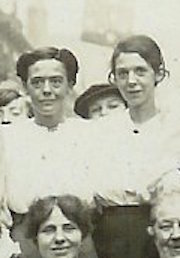
Rosa Marries Edwin NESBITT in 1919
In 1919, a man named Edwin Turnbull NESBITT (1876-1932), who at the age of 43 was 14 years older than Rosa, proposed, and Rosa accepted.
Edwin was a local cobbler, and it’s likely that Rosa had come to know him as a result of taking shoes into his shop for repairs. Edwin suffered from significant physical disabilities and my Grandmother, Mary BRINE, remembered him as her step-parent and described him in her autobiography as having been a ‘cripple’, a term that would be considered highly offensive today, but in times gone by was more readily used.
Rosa had of course got her own physical difficulties following her childhood affliction of Rickets which had left her bow-legged. Edwin, at 43, was still a bachelor, and still lived with his mother, but he had his own little cobbler’s business and was a respectable tradesman.
He was also apparently prepared to accept Rosa’s rather disreputable past which had resulted in her illegitimate pregnancies and was even prepared to take in Rosa’s daughter who had for seven years now been living with her Grandmother.
Rosa and Edwin married on 3rd May 1919 at All Saints Church, Sculcoates.
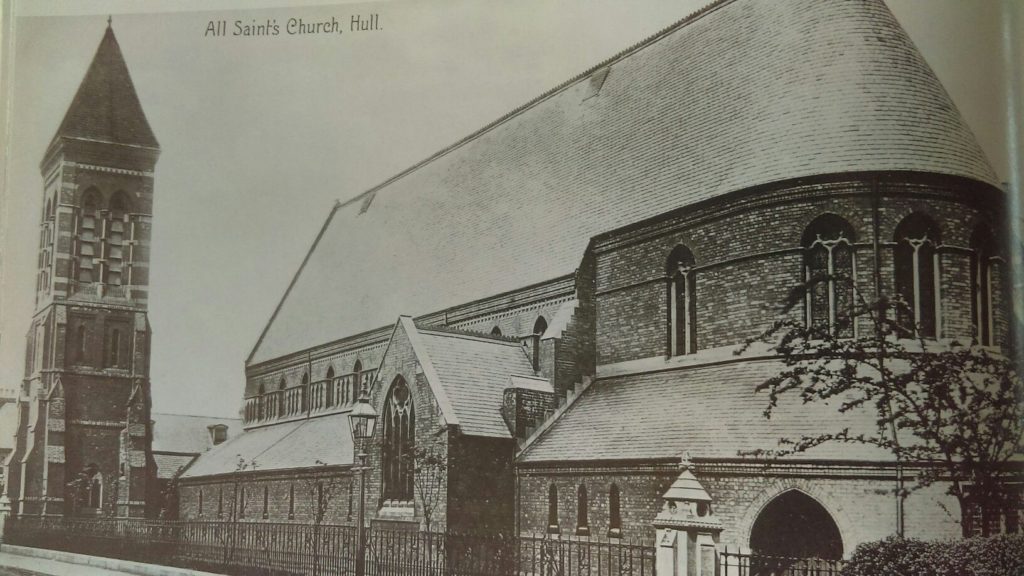
This union resulted in my Grandmother Mary BRINE nee MAPLESDEN going to live with her mother and her new husband, an experience which my Grandmother found deeply traumatic at the age of seven, and which she attributed to be a wholly negative turning point in her own childhood.
By my Grandmother’s account, Rosa did not treat her kindly or show her any affection or warmth and their relationship went from bad to worse. My Grandmother tells harrowing tales of how her ‘mother’ Rosa (which she found hard to accept was the case and loathed to call her, having been raised for seven years by her apparently loving Grandmother and therefore forming her primary attachment to her) would scold and beat her mercilessly, and even at times, deliberately torment her. It certainly seems as if taking over the care of her illegitimate daughter was not to result in happy times for either of them.
In 1920, Rosa and Edwin would have their first daughter together, who they named Olive, and by 1921, Rosa was living with her husband Edwin, her 10 year old daughter Mary, and her toddler Olive, at 32 Wellington Lane, Hull. They lived just around the corner from her mother Mary Emma MAPLESDEN who lived at 2 Mason Terrace with Rosa’s sister Margaret BRADLEY nee MAPLESDEN, known to all as ‘Maggie’. Maggie was living with her mother having been widowed during the war, and she was now, sadly, in declining health due to her suffering from tuberculosis.
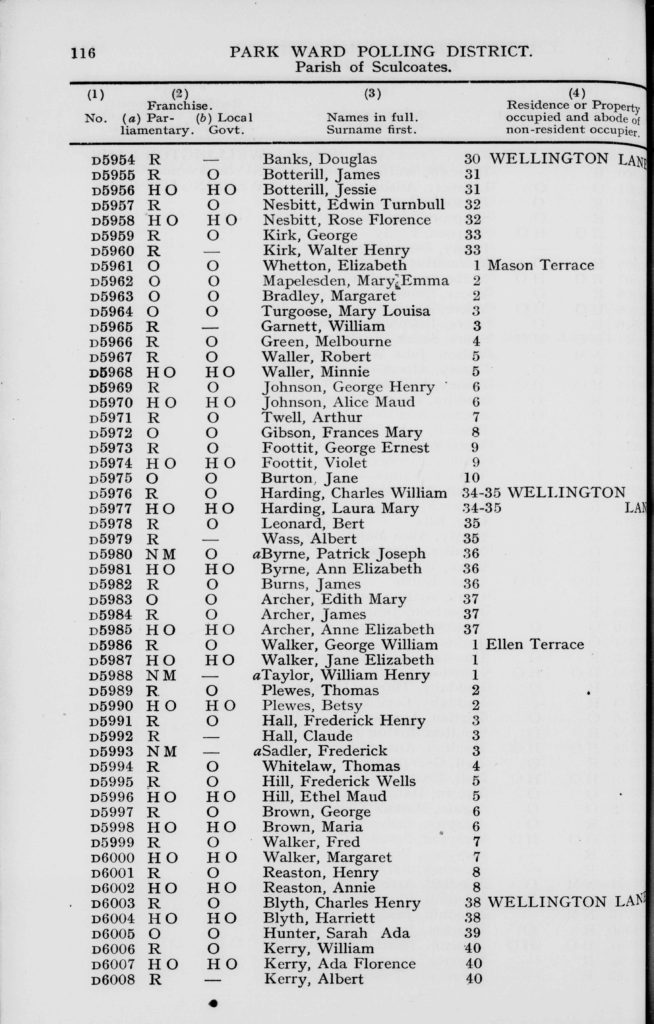
Later that year, in 1921, Rosa’s sister, Maggie very sadly died. This was the second sibling she had now lost having lost her brother during World War I. However, her own family life with Edwin seemed to be progressing and in August 1922, she had a second daughter with him, who they named Nancy.
Tragically, when baby Nancy was just 1 1/2 years old, she caught pneumonia and died. My Grandmother, Mary, who had taken the children out in their pram as she was often charged with looking after her younger sisters, secretly blamed herself for her sister’s death saying that she believed it was taking her out in fog that killed her. However, she was only a young girl at the time herself, and it’s not uncommon for children to blame themselves for unhappy things that unfortunately happen within their families.
My Grandmother recalled that Edwin took the loss of their baby girl particularly badly and following her death he took to frequenting the local public house, The Wellington.
On 3rd September 1924 Rosa had another baby girl, Ruth Eleanor NESBITT and two years later, in 1926, she had a son who they named John NESBITT, though he always went by the name of Jack. She also went on to have a further daughter named Ruby.

By 1932, he relationship with her husband Edwin had come to an end. Rosa met George GELDER and she went on to have a final child. It’s unclear as to whether she was married to George GELDER at the time but the dates on official records suggests not.
Nevertheless, she gave birth to a son who she named Brian. One can not help but wonder if she named him ‘Brian’ with the memory in mind of her first son who had been given up for adoption many years earlier.
Just one month after having baby Brian, Rosa’s first husband, Edwin, died suddenly at the age of 55.
Rosa Marries for a Second Time
On 17th March 1934, at the age of 43, Rosa married George W F GELDER, who at the age of 37, was a younger man. They would remain married until he died in 1966 leaving her a widow.
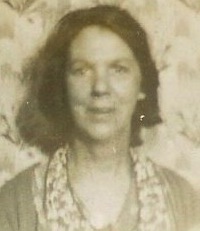
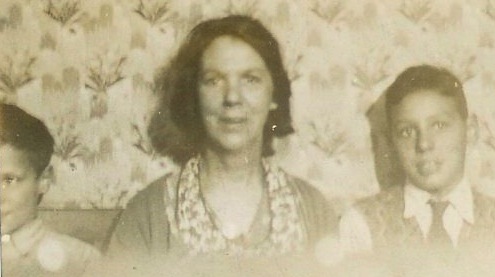
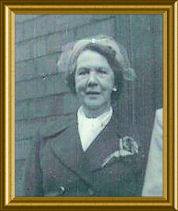
Rosa NESBITT GELDER (nee MAPLESDEN), died in 1976, at the grand age of 86 years old.
Please Let Me Know You’ve Visited
If you have enjoyed reading this post, please leave me a comment below, even just something brief. Family history hunting can be fascinating, but often no one else is interested except the person doing the research, so it’s always really lovely to find out when someone is!

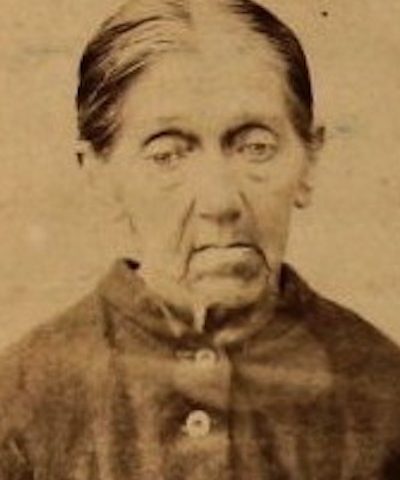
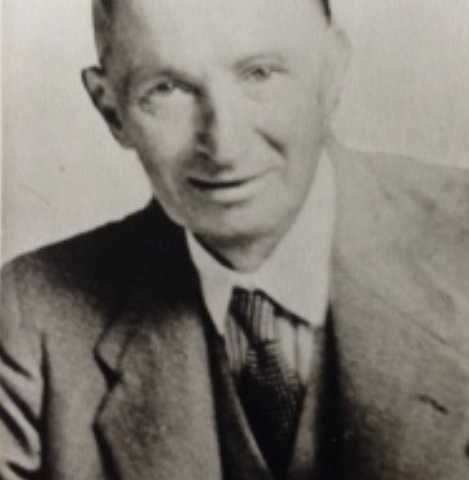
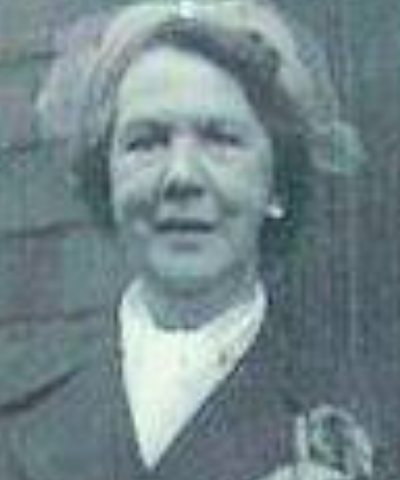

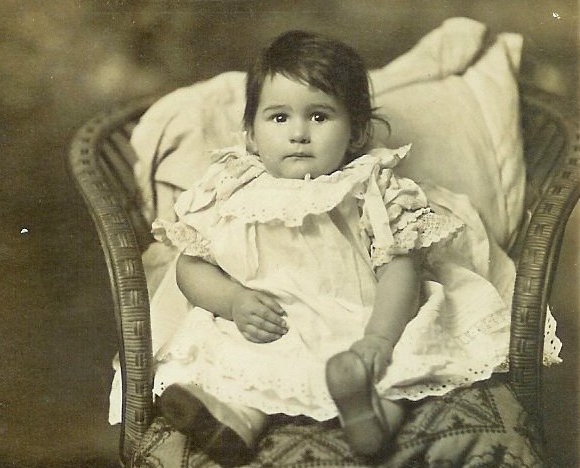
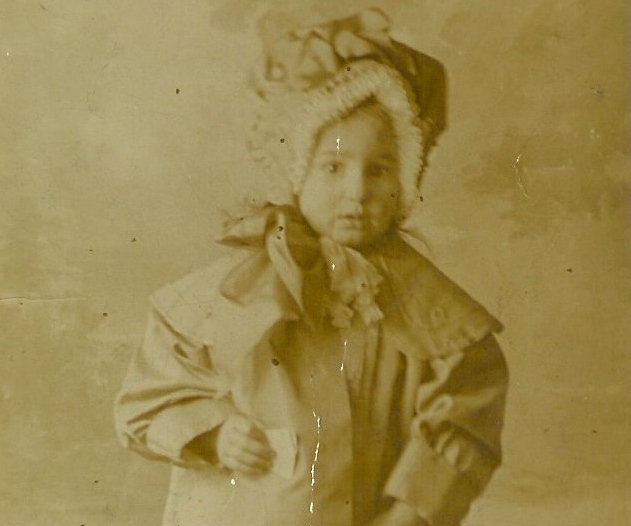
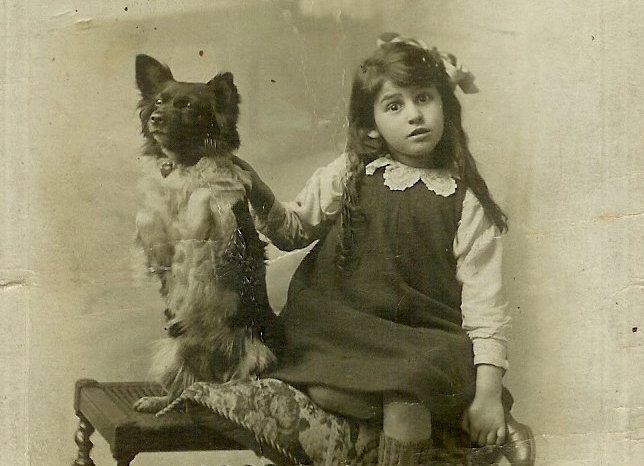
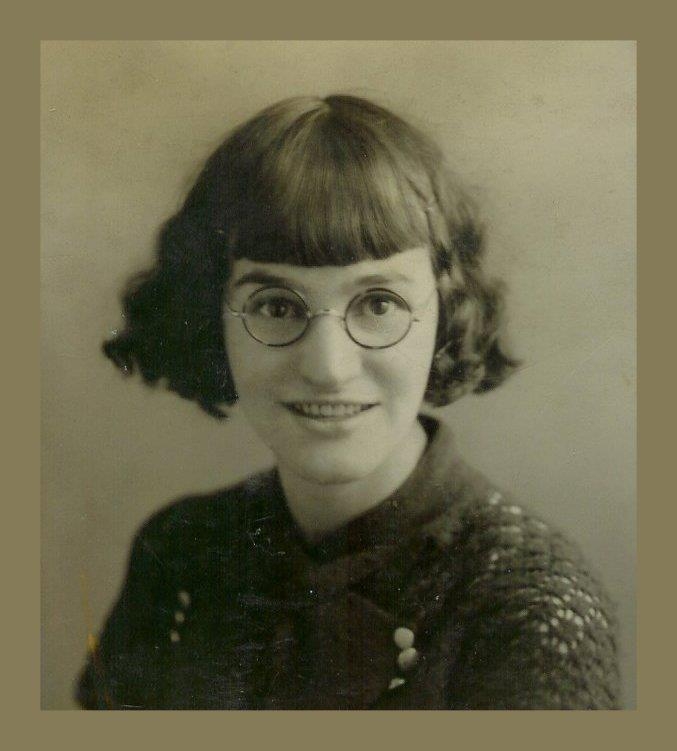
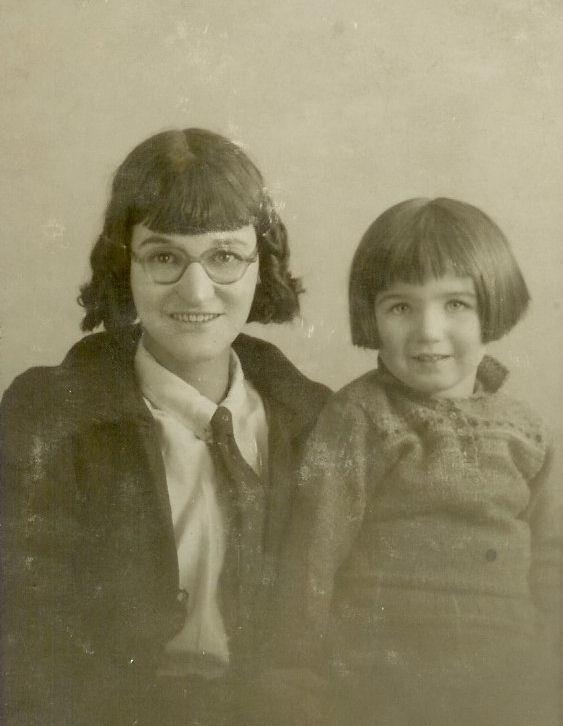
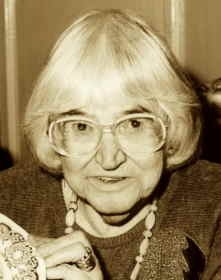
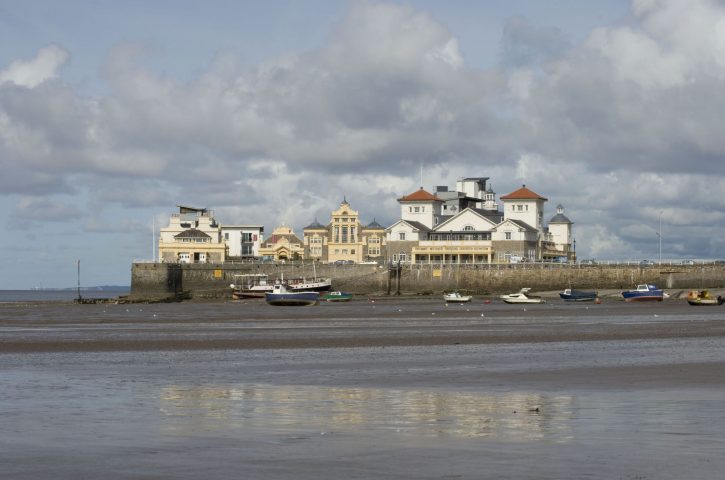
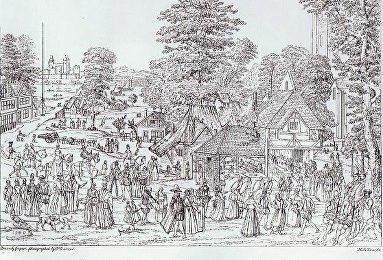
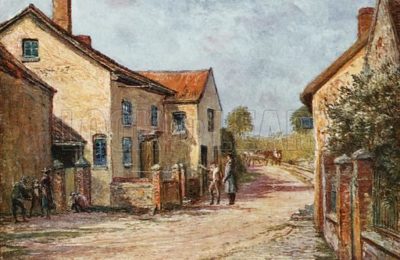
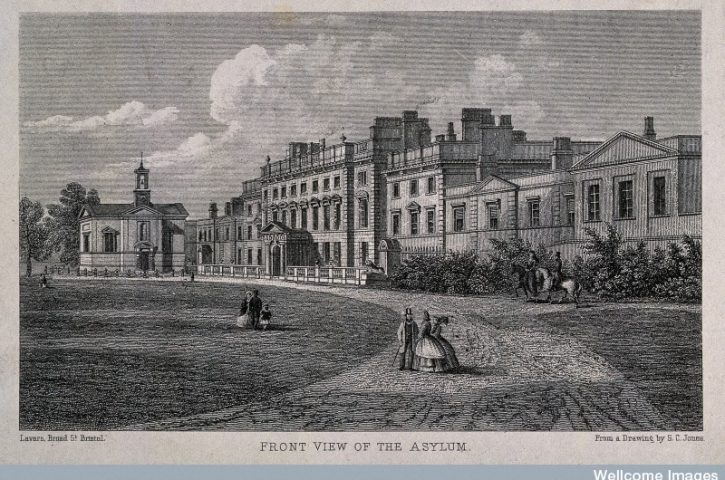
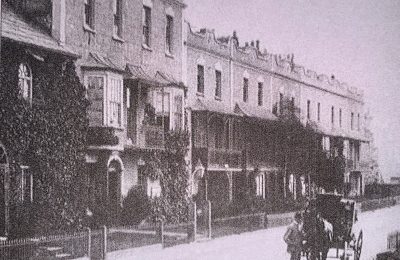
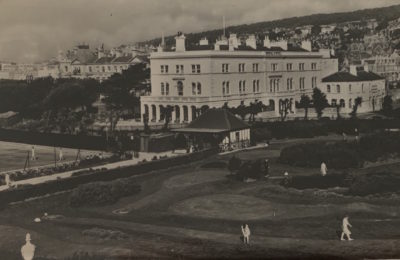
Fascinating peek at her life. Thank you for sharing it.
Glad you found it interesting Brian! 🙂
I am the daughter of John Edwin Nesbitt , also known as Jack . Sadly he died in 2000 aged 73. My brother David Nesbitt was the last of our branch of the Nesbitts, and sadly he died in 2017 aged only 59.
Oh Hi! I’m sorry to hear that about your brother and your father. And also sorry it’s taken me so long to reply. I only just saw this comment that you posted. Do you have any family history information from your side that I might not know about? Do please get in touch with anything you can share!